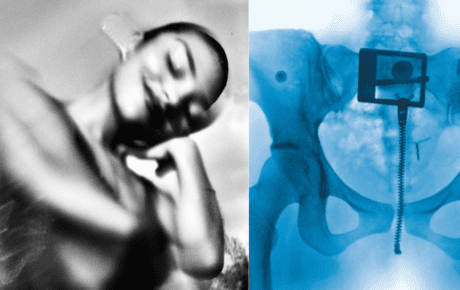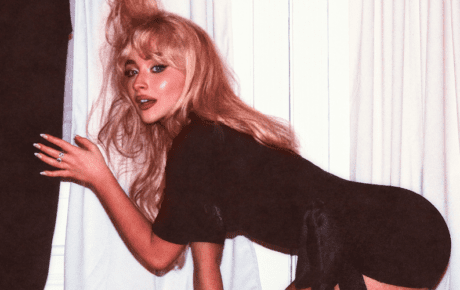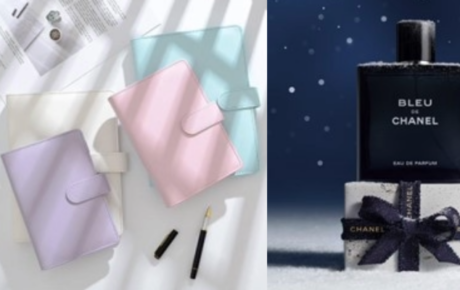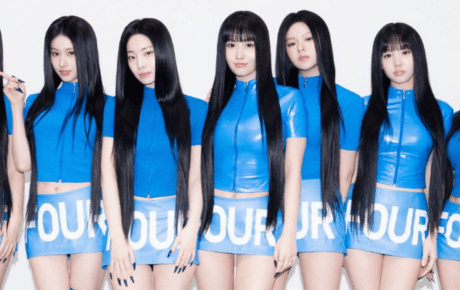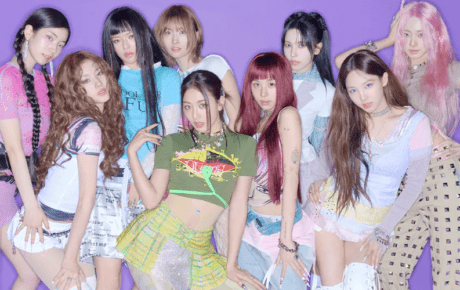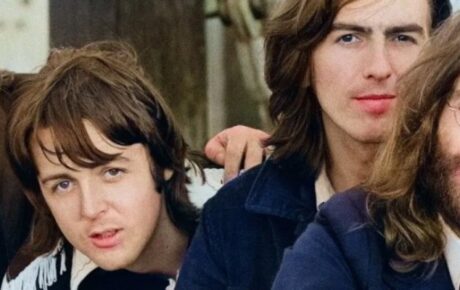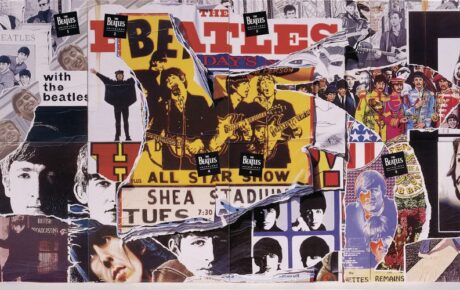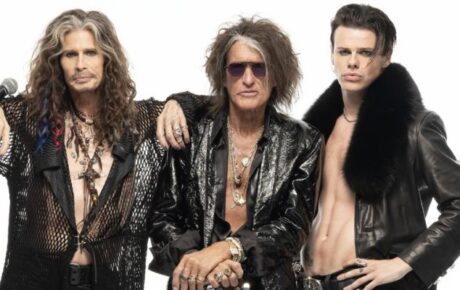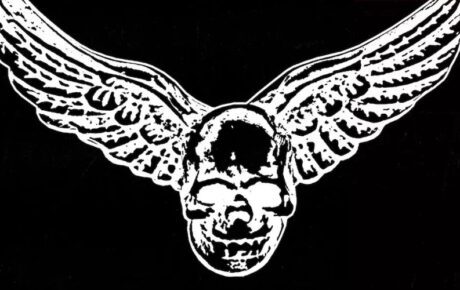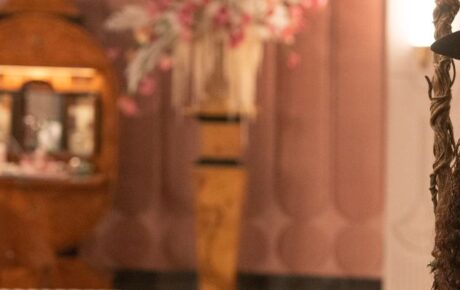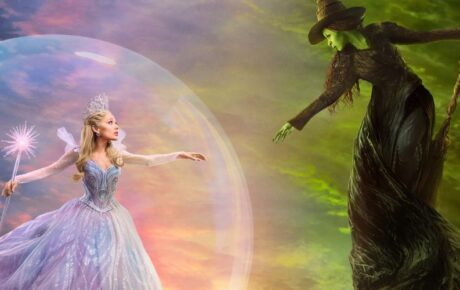For years prior to her official casting, Lady Gaga fans have tied her to the pop culture icon of Harley Quinn. Beginning her career as an eccentric singer whose work constantly commented on the role of entertainment in society, many Gaga songs also seemed to incidentally align with the comic story of Harley Quinn’s relationship with the Joker. From ‘Monster’ and ‘Bad Romance’ to ‘Bloody Mary’ and ‘So Happy I Could Die’, the comparisons to Harley’s flair for the dramatic already echoed through Gaga’s discography. So when DC announced a sequel to 2019’s blockbuster Elseworlds film Joker, there was no fit more natural for the role of Harley Quinn than Lady Gaga herself.
Starring as Lee Quinzel, a revised version of the now iconic Harley Quinn, alongside Joaquin Phoenix’s unstable Arthur Fleck, Lady Gaga is undeniably the highlight of Joker: Folie à Deux. This title translates to “madness for two”, a psychiatric diagnosis given when two people transfer symptoms of delusions between one another. Folie à deux certainly applies to the dynamic of Arthur and Lee, whose brief meeting quickly escalates into intense infatuation and criminal activity. However, this is predominantly Arthur’s story, and just as Lee descends into gleeful madness in Joker’s image, Arthur is instead going through the courtroom drama of realising his actions impact far more than just the bad people he makes his immediate victims.
Although Lee’s role in the story is limited, Gaga steals every scene she’s in. Lee is eerily charismatic, with a manipulative streak that makes her lovable but untrustworthy. Her tall tales are endearing but unbelievable, yet her commitment to the bit makes you hang on her every word. In this world, Harley Quinn is not a psychiatrist taken advantage of by her patient, but a Joker fanatic who weasels her way into Arkham Asylum to befriend Arthur, who she sees as the exciting fantasy man dominating Gotham’s news cycle. Gaga plays the character with an uneasiness that keeps the viewer always on edge when she’s around. Behind her plain beauty and increasingly bizarre fashion, Lee has a dark intelligence, drawing on her subtle sexuality and wicked humour to get whatever she desires. At any moment, she could break into song just as easily as she could pull out a gun.
When Joker: Folie a Deux comes to a close, you may be left wishing for more from Gaga’s Lee. Fortunately, that’s where her companion album Harlequin comes in. It’s a thirteen-track collection of songs which either appear slightly differently in the film, or related showtunes following the cinematic themes of high emotion as performance art. This walks the line between a release in character or as Lady Gaga herself, referenced by the record’s promotion as ‘LG 6.5’. Within the Joker universe, Lee’s performances are that of an untrained musician, often purposefully breathy or choked as a result of her unrestrained emotions and lack of technicality. But on Harlequin we hear many of those same numbers in full explosive Gaga style.
The retro jazz sound is in a similar vein to Gaga’s two records alongside the legendary Tony Bennett, Cheek to Cheek and Love for Sale. It’s a treat to hear her flex her impressive vocals, which here have a powerful musical theatre twang, with tight enunciation and the expressivity of a permanent smile plastered across her face. The album demonstrates the over-the-top, intense feelings even dull day-to-day life can trigger, as portrayed by the somewhat surreal cover art. Pictured showering in a mundane beige bathroom, the random life jacket around Gaga’s neck triggers imagery of Harley Quinn’s jester costume, with the shower head the frustratingly modern version of its hat.
View this post on Instagram
Harlequin kicks off with a boisterous, theatrical take on the musical classic ‘Good Morning’, made famous by its appearance in the 1952 film Singin’ In The Rain, followed by the chaotic ‘Get Happy’. Both songs are all about throwing your cares away, revelling in a sense of joy that’s almost dangerous in its lack of consideration for the real world. Gaga puts clear thought into the impact of every word. On ‘If My Friends Could See Me Now’, the brass section creates the feeling of absolute eccentric chaos. Gaga scats her own solo alongside verses where every line takes on a new characterised approach, moving from fierce growls and goofy accents to utterly oozing sarcasm. Amongst all these fantastic theatrical cuts, the album’s true standout is ‘The Joker’, which draws on harder rock elements to show off Gaga’s bloodcurdling belt. Here she is not only Harley Quinn but the Joker himself, as driving electric guitars underscore her cutting screams.
Elsewhere, many of the tracks depict an attraction so deep, it defies the laws of time. ‘Close to You’ is such a lasting classic, its dreamy lyricism remains heartfelt yet fresh today in Gaga’s saccharine tone. The original cut ‘Folie a Deux’, written by Gaga alone, paints a picture of paradise in love, incredibly effective in its simplicity and brief runtime. These elements further thrive in the record’s gospel undertones. Such repeating imagery of a match made in heaven still simmers beneath songs that instead focus on the singular self, like the Christian hymn ‘Oh, When The Saints’, or the sweeping ode to ambition ‘Gonna Build A Mountain’, which in the film serves as a promise that there is a future to Arthur and Lee’s more likely ill-fated romance.
View this post on Instagram
There are plenty of sadder moments too, like the ironic take on Nat King Cole and Charlie Chaplin’s ‘Smile’, which reimagines the original song’s encouragement to stay happy through trying times as a darker narrative where Joker and Harley force themselves to perform for others despite their mistreatment. ‘Happy Mistake’, another original song, also cuts to the core with its plain acoustic guitar production. Its lyrics not only parallel Harley’s story but Gaga’s own life in the spotlight, revealing a life full of “Broken mirrors” where “The show must go on” despite the narrator’s real experiences of loneliness and mental struggles.
Somehow, in creating a companion piece for a film character, Lady Gaga has simultaneously made one of her most revealing projects yet. Beneath Harley’s wild costuming and erratic behaviour lies a genuine portrait of Gaga herself, as she exists in the world of performance and pleasing the people. Moreover, we get to hear her gorgeous singing voice in tip-top shape, proving her versatility as she can jump from the electronic dance pop of albums like Chromatica and The Fame to the timeless theatrical stylings of something like Harlequin. Funnily enough, for all her usual campiness, Harlequin is incredibly earnest and raw, even though its Broadway sound is so carefully considered. There’s no punchline to Lady Gaga’s involvement in the world of Joker: Folie a Deux. Quite simply, her turn as Lee Quinzel is marvellous, and her commitment to the Harlequin world shows exactly why Lady Gaga is a star.

